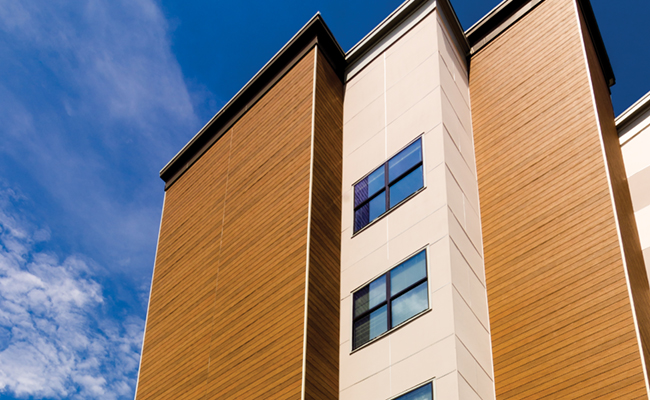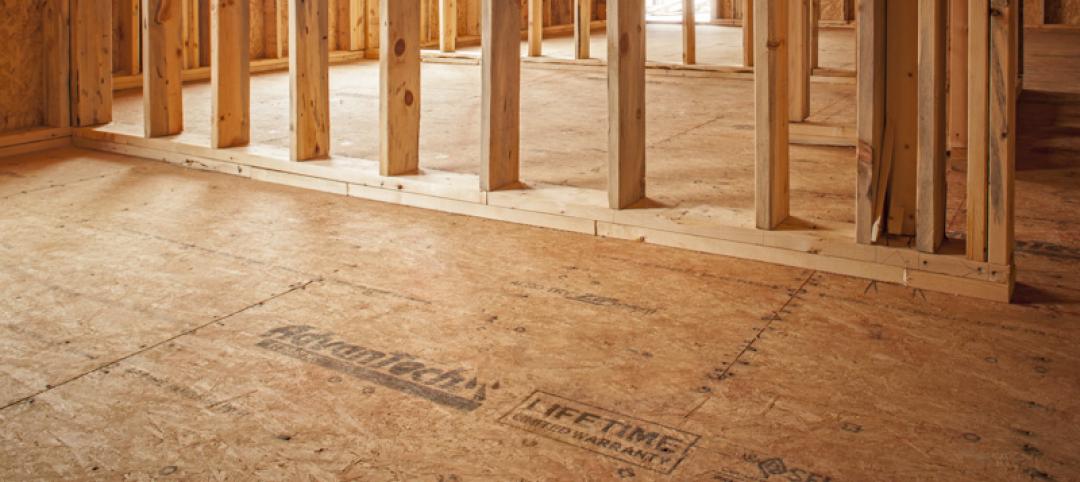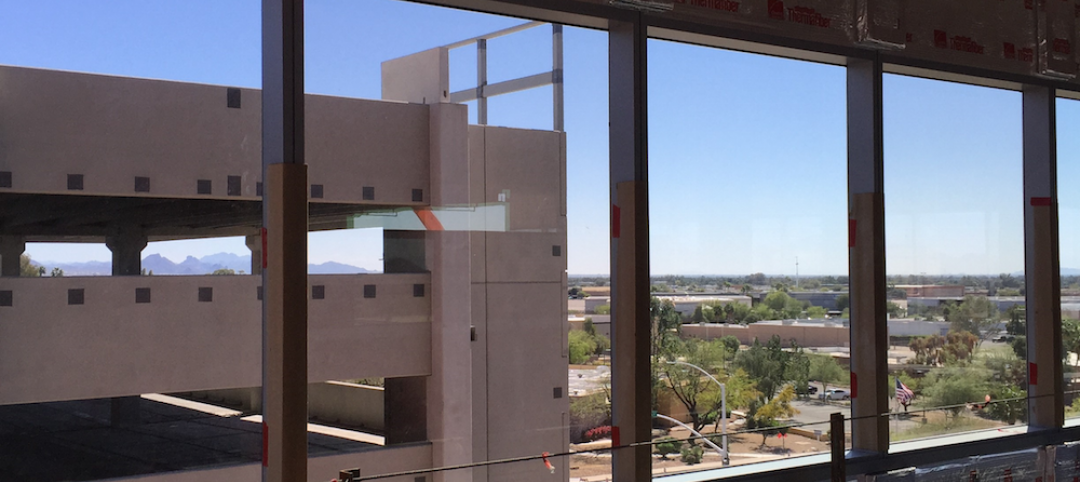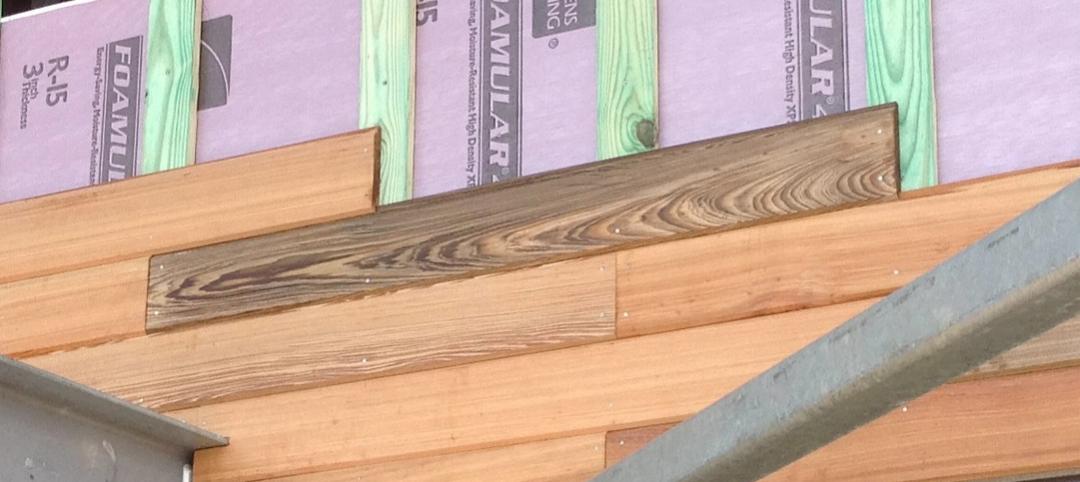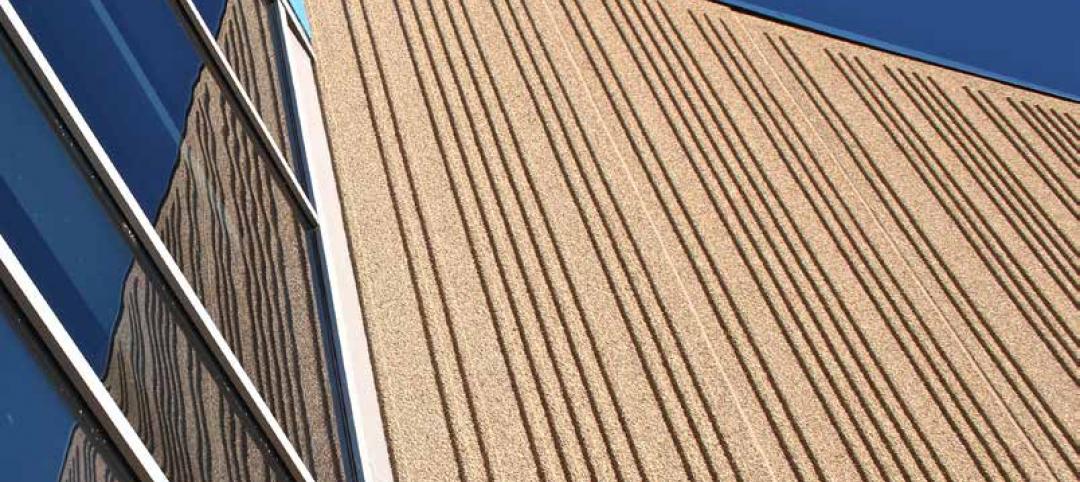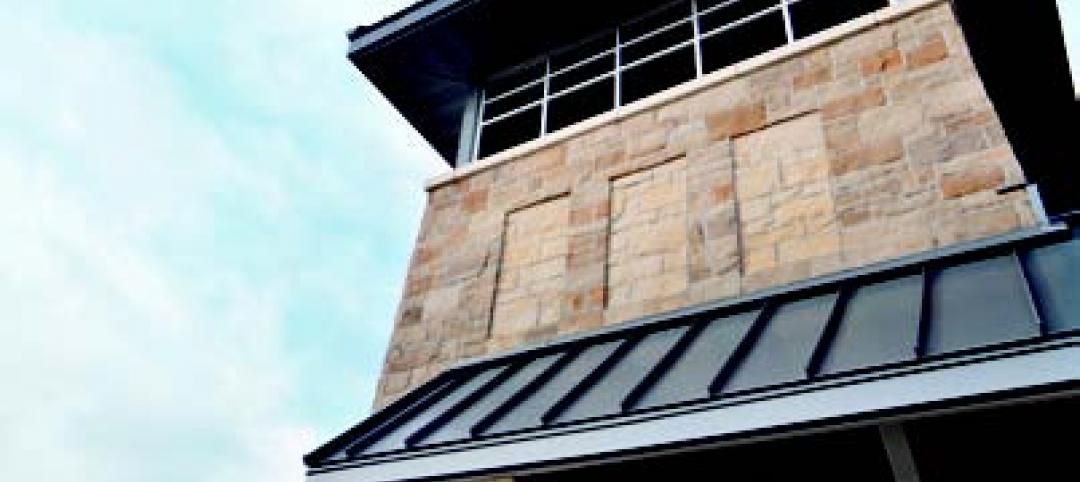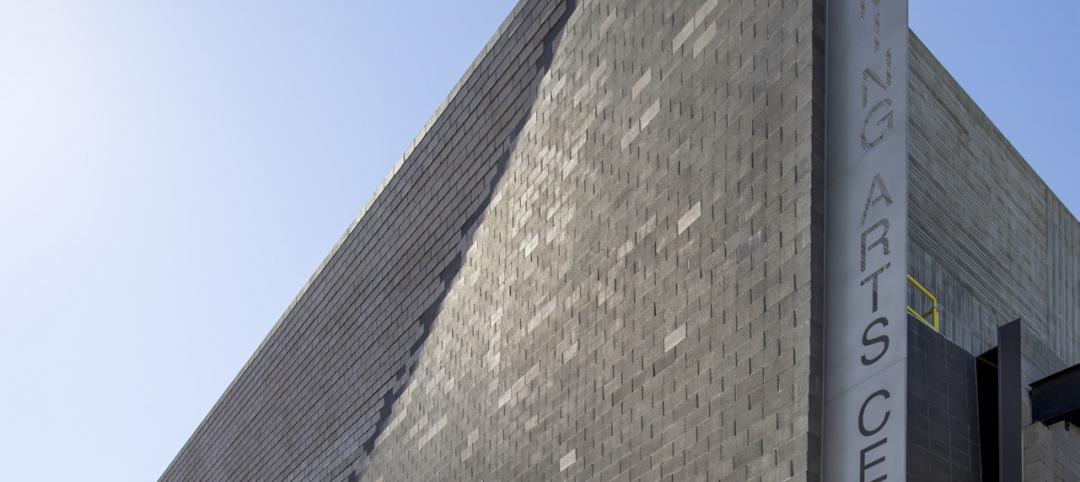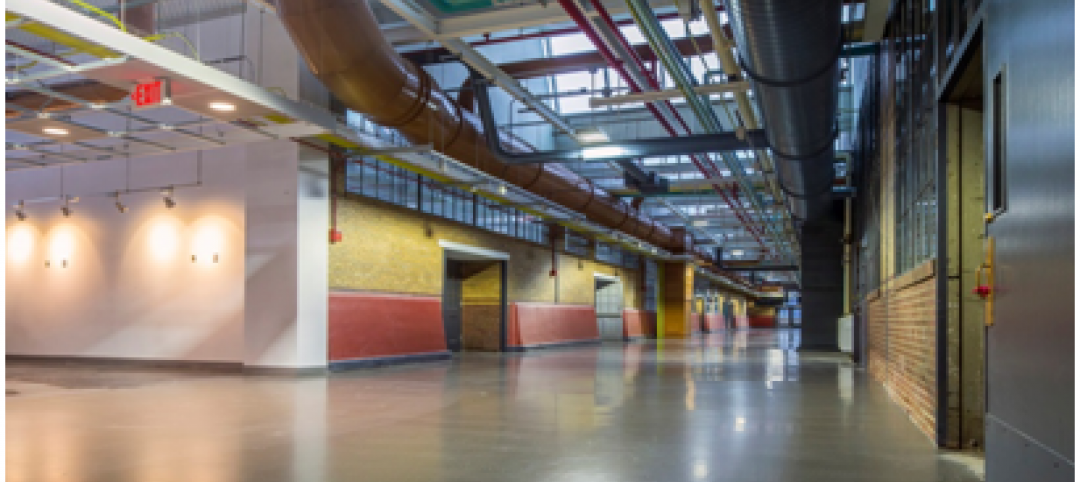Everyone loves the look of wood. It can instantly evoke a sense of tradition, yet also fit into the most modern of architectures. Wood can convey simultaneously that the building is absolutely a product of human thought and human effort, and is also tied to nature. It has been part of the built environment since the built environment was first built.
Despite other stronger, more durable and more formable materials developed over the years, wood has remained a visible part of buildings for its decorative value, and the ease with which it could be made into cladding. The oft-mentioned 'warmth' of wood is, therefore, both visual and psychological, an effect of both color and culture. The appearance of wood — the earth-bound colors, the irregularity of wood grain set within the regularity of millwork — and the deeply implanted associations we have with the material, makes it a rich and rewarding look with which to design.
On the other hand, owning natural wood, or being responsible for maintaining it, is not as rewarding an experience. It can be expensive to buy, install, and maintain. Exterior wood discolors, deteriorates, and gets attacked by rot, fungus, moss, and termites; it also warps, shrinks, splits, and requires high maintenance to keep its appearance anywhere near the design intent. While chemistry has made strides in protecting wood from the elements, even the best treatments must be renewed frequently, and they are not absolute proof against any of the material’s basic vulnerabilities.
Nonetheless, the appearance of wood still receives much attention from architects, with one reason being the increasing availability of substitutes for natural wood cladding that are more durable, affordable, and most important, aesthetically competitive. Fiber cement architectural wall panels impersonate wood brilliantly in appearance, and exceed it in performance. A long-lasting material that is impervious to most things that degrade natural wood, fiber cement panels are rot-proof, termite-proof, have good dimensional stability, are resistant to warping, and have very stable color finishes.
The visual effect of these panels is convincing, and designers and owners can have confidence in the visual effect. Even a company such as Whole Foods Market, whose brand depends heavily on its association with nature and unadulterated natural purity, uses fiber cement wood architectural panels on some of its stores. The availability of such cost-effective, high-performing wood cladding means the disadvantages of natural wood are no longer a barrier to envisioning wood in a Building Team’s design.



